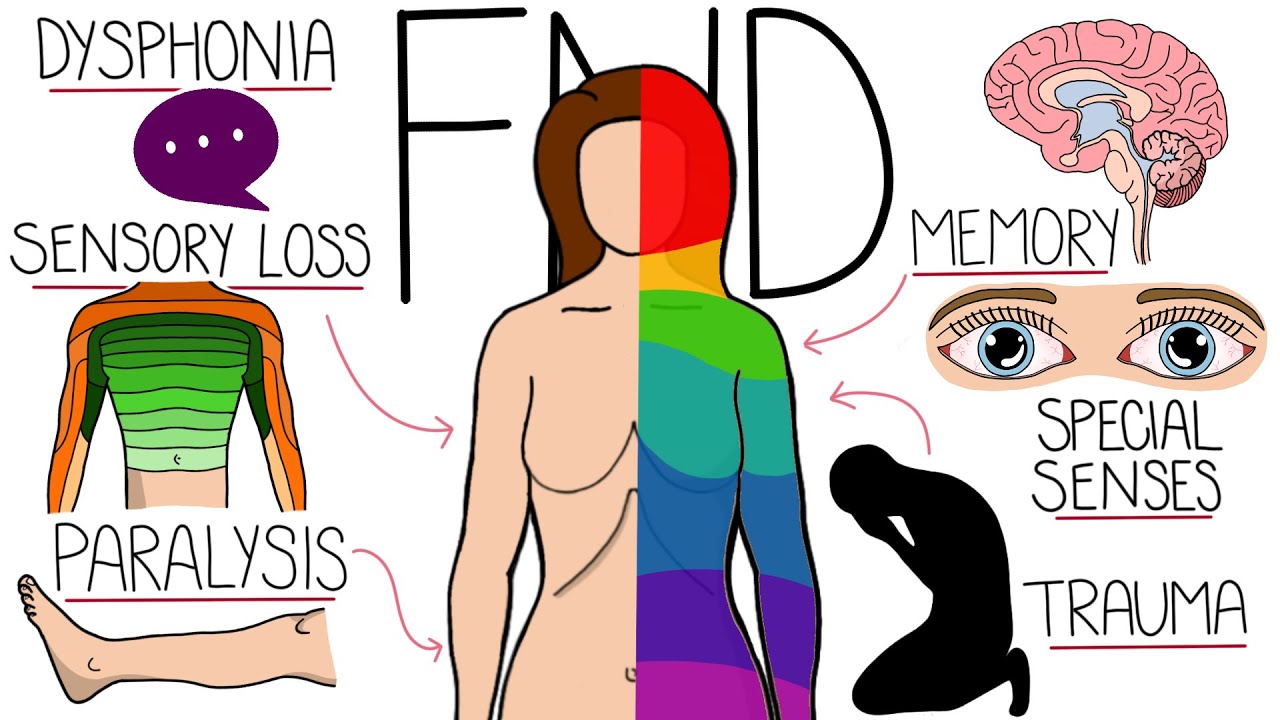NEW YORK (Reuters Health) – In patients with treatment-refractory temporal lobe epilepsy, the quality of life and mortality benefit from being seizure-free with surgery outweighs the risk of long-term surgical complications, investigators report in the Journal of the American Medical Association for December 3.
“Surgical treatment for epilepsy remains underused, and when surgery is performed, it is often delayed until it is too late to reverse associated severe disabilities,” Dr. Jerome Engle, Jr, at the David Geffen School of Medicine at UCLA comments in a related editorial.
Dr. Engle notes that for up to 40% of patients with epilepsy, medications fail to control seizures. Moreover, “temporal lobe epilepsy is the most common cause of pharmacoresistent seizures (and) is the form of epilepsy most easily and effectively treated with surgery.”
In their paper, Dr. Hyunmi Choi, at Columbia University in New York, and associates used a Monte Carlo simulation model to quantify the potential survival benefit of anterior temporal lobe resection for patients with pharmacoresistent temporal lobe epilepsy versus continued medical management.
Surgery would increase life expectancy by 5 years, with surgery preferred in 100% of the simulations, and by 7.5 quality-adjusted life-years for surgically eligible patients.
Furthermore, the authors note, for a 35-year-old patient, the model suggests that surgery would increase the number of seizure-free years by 15, and would reduce the lifetime absolute risk of dying from seizure-related causes by 15%.
Dr. Choi’s group recommends that patients be referred to a specialized epilepsy surgery program when at least two antiepileptic drugs at maximum tolerable doses fail to control disabling seizures.
“Referral of patients in a timely manner is crucial,” they emphasize, “because factors such as older age at surgery and longer duration of epilepsy are associated with a lower likelihood of becoming seizure-free after anterior temporal lobe resection.”
In a second JAMA article, Drs. Donald L. Schomer and Peter M. Black at Harvard Medical School in Boston review options for patients with intractable seizures.
“In cases in which epilepsy is localized through different modes (such as EEG or MRI) to a specific area of the brain where there is an associated lesion, more than half of patients can expect a successful surgical outcome,” they write.
Patients for whom surgical resection is likely to produce unacceptable hemiparesis, another option is to divide the fibers that conduct seizures between cortical columns, either by subpial transection or corpus callosotomy.
For patients in whom a focus cannot be clearly defined or when there are multiple foci present, Drs. Schomer and Black suggest that vagal nerve stimulation may reduce seizure frequency, although it is unlikely to totally eliminate seizures.
Reference:
JAMA 2008;300:2497-2505,2527-2538,2548-2550.







